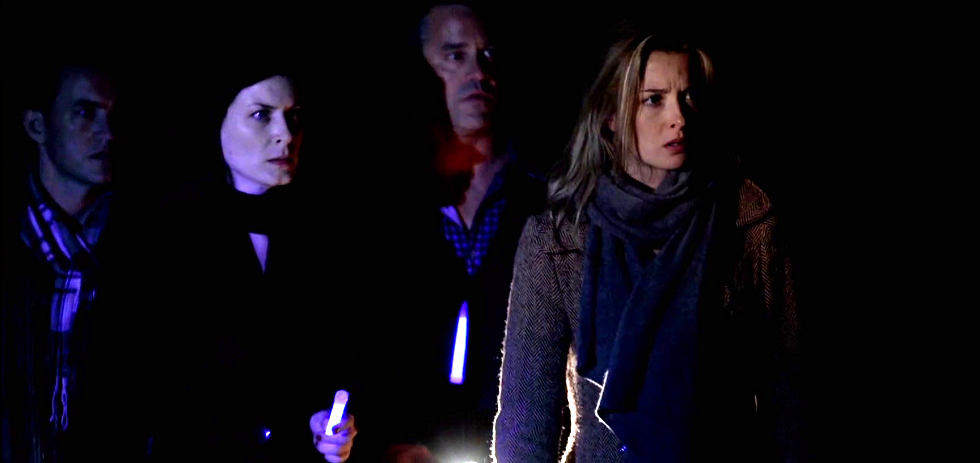
The analysis highlights how a bilingual gaming activity is organised through the participants’ emergent orientations to interactional objects, which include English text and talk, in their own actions. The analysis aims to demonstrate how a particular kind of ‘bilingual order’ (Cromdal, 2005) is co-constructed in which the players use their native language (Finnish) for interaction with each other, but systematically draw on the language of the game in constructing their turns as recognisable and building their alignments with respect to activities under way. Grounded in the interactional paradigm for the study of bilingual language use, this paper investigates how players engaged in a collaborative game-playing activity orient to the co-presence of two languages in the setting and deploy bilingual resources in organising their action and participation. We extend this analysis to different forms of interaction on interactive multimodal platforms (IMP), where the complexities increase with the different spatial levels of the physical computer screen, the many different spatial levels depicted there, and the increasing difficulties for the interactants to navigate and negotiate the different levels of doing space. Concerning face-to-face interaction, we distinguish between heavily structured material settings that are custom-built for specific types of institutionalized interactions, such as lecture theatres, assembly halls or service encounters moderately structured settings, such as restaurants, staff rooms or museums and weakly structured settings, such as public town squares or other settings which provide only minimal assumptions about the interactions that may take place there and their spatial configurations. In that sense, they can be argued to be " doing space ". Co-participants in an interaction make use of the spatial affordances of the interactional architecture around them, and at the same time they interactionally create and maintain spatial configurations. In this article, we argue that the spatial environment of everyday interaction has to be understood as a social construct. Based on a second analysis, the paper will show that game events elicit pivoting utterances or messages from the broadcaster and audience, which attribute a highly contextual and locally negotiated meaning to the event. Lastly, the paper introduces 'pivoting' and argues that it is a novel communicative behavior typical for online live streaming. The numerous audience members write quick and brief single-turn messages, whereas the broadcasters are selective and produce fewer but more elaborate responses that span several utterances. It will be demonstrated that broadcasters are more tightly regulated by the unfolding of the activity than the audience and that this leads to different cross-modal communicative practices. Afterwards, the transcript is used for exemplary analysis to address the second question. It is argued that the basic principles of this format are applicable to other forms of live streaming and research questions. First, how should a transcript look like in order to systematically account for the activity and the cross-modal communication between broadcaster and audience? Secondly, how does the unfolding of the activity influence the cross-modal discourse during online live streaming? In answering the first question, this paper develops a multi-column transcription scheme, which includes the broadcaster's spoken language & embodied conduct, the audience's written chat messages as well as an annotation of game events. Using the case of online live streaming of video games, this paper asks two questions.


Lacking an analytical entry point, descriptions and micro-level analysis of this type of interaction are rare. Online live streaming is a new media genre that combines the broadcast of an activity with cross-modal video-mediated communication.


 0 kommentar(er)
0 kommentar(er)
